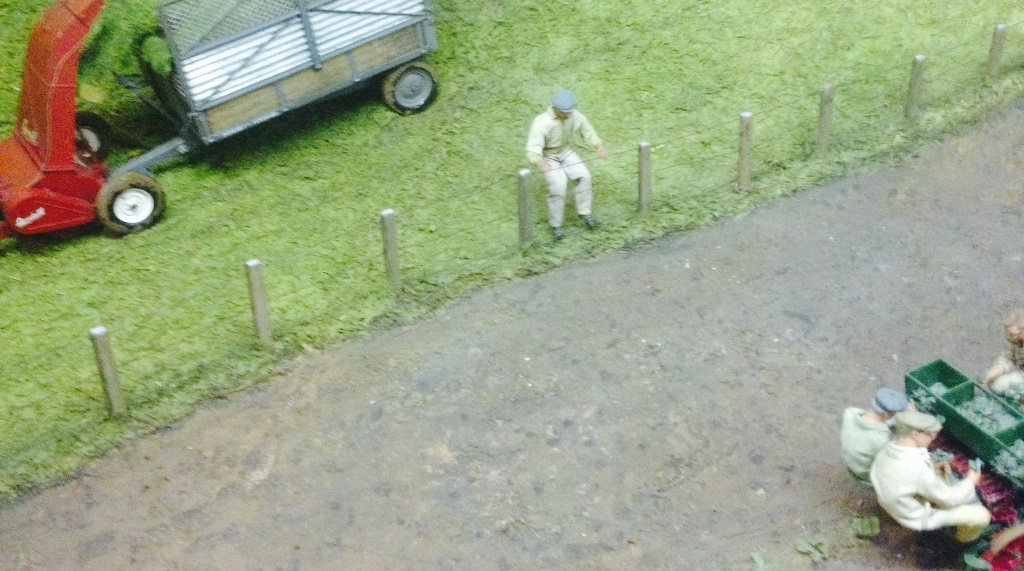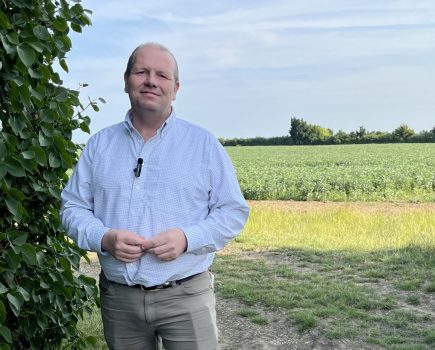I’ll say this quietly: we need some rain. But, to be clear, I’m not wishing it on those who don’t want it and I’m aware there are plenty that don’t.
While I’m kicking around hard-baked clods desperate for 10mm to soften them up, I know there’s plenty of farms where the wheels of the agricultural industry can barely turn because of the incessant wet.
Another maddening aspect of the shortage of rain on this farm is I’ve managed to make things appreciably worse for myself through bad decisions. After a wettish harvest in Aug, I was in a frame of mind that assumed the wet would continue. Error of errors, in late Aug, I got the plough out to prepare some ground for oilseed rape. And when I mention the word plough I’m aware that in some quarters such devices are considered the devil’s tools, used by Neanderthal farmers intent on wrecking the planet. But, being a bit old school, when I see a lot of trash with the odd weed seed in it on a stubble, I tend to reach for the plough.
But ploughing into dry weather to create an OSR seedbed can be a fool’s errand. On the lighter 40ha I just about got away with it. The seedbed gave me just enough seed to soil contact for the crop to establish and get away. The plant stand is thin and rather backward but with a fair wind that doesn’t blow in too many pigeons it’s got enough potential to make it worth persevering with. There is a school of thought that thin plant stands of 10-20/m² give the best yields. So I’m keen to attend that school at the moment, even if I’m at the back of the class.
In contrast, in the heavier 5ha of rank clay on the bottom edge of the field, ploughing proved to be the first big mistake of the season. The few plants that came up got decimated by flea beetle and now we’ve redrilled with winter linseed in what could be described as ‘knee-jerk crop management’.
The trouble with part fields of failed OSR is how you manage them from then on. Patching in with cereals messes the rotation. Winter beans or spring crops put all the timings out of kilter as these crops ripen weeks after the OSR. So, against my better judgement I ordered up some winter linseed and redrilled.
I suspect I’ll live to regret it as it will probably give a worse margin than bare fallow. I’m always over optimistic about crop prospects in the autumn. While it’s always sensible to manage one’s expectations, it also makes psychological sense to have visions of a bountiful harvest in your head when sowing the seeds at the beginning of the farming year. While it’s important to keep an eye on margins and be realistic about yield prospects, if you set out with a poor crop in mind then that’s often exactly what you achieve.
More science, less museum
I’m delighted to hear the Science Museum is at last changing the way it features Agriculture. I’m not the only farmer to have taken their children to the famous Kensington attraction to come out shaking my head in disbelief at the way farming is portrayed as it was in the 1940s (herewith a snapshot I took of one of the dioramas which seemed to feature a farmer manically shaking a barbed-wire fence).

Whereas aeronautics is displayed in the museum as an exciting field of advancement with visitors given the opportunity to fly jet-simulators, in great contrast the farming area suggests to the four million children visitors that British Agriculture is all about picking spuds into hundredweight bags. Let’s hope what’s put in its place portrays us as a modern, hi-tech go-ahead industry so that it helps recruit the bright minds we will need in the future to take us there.
Guy Smith grows 500ha of combinable crops on the north east Essex coast. @EssexPeasant




